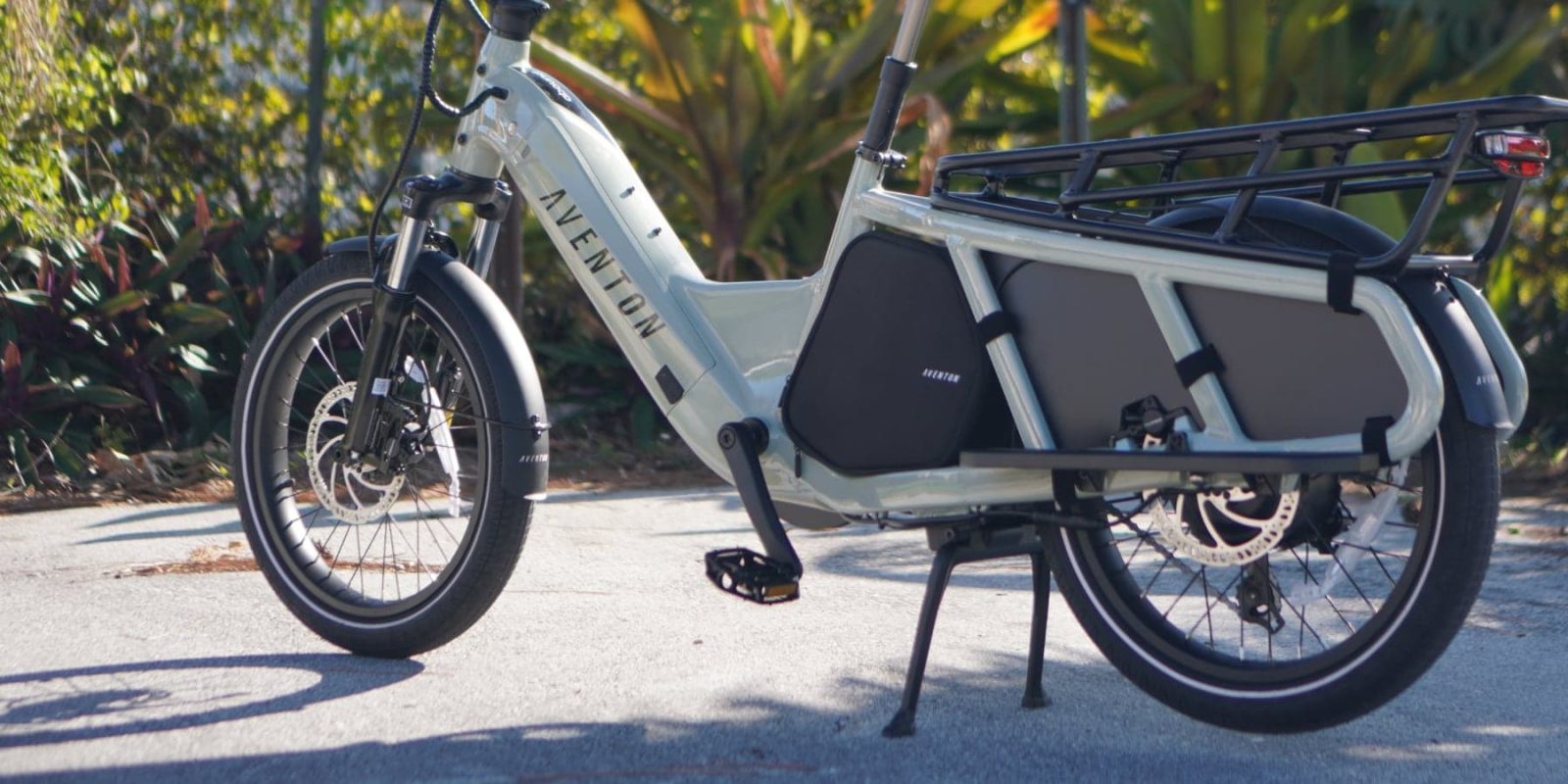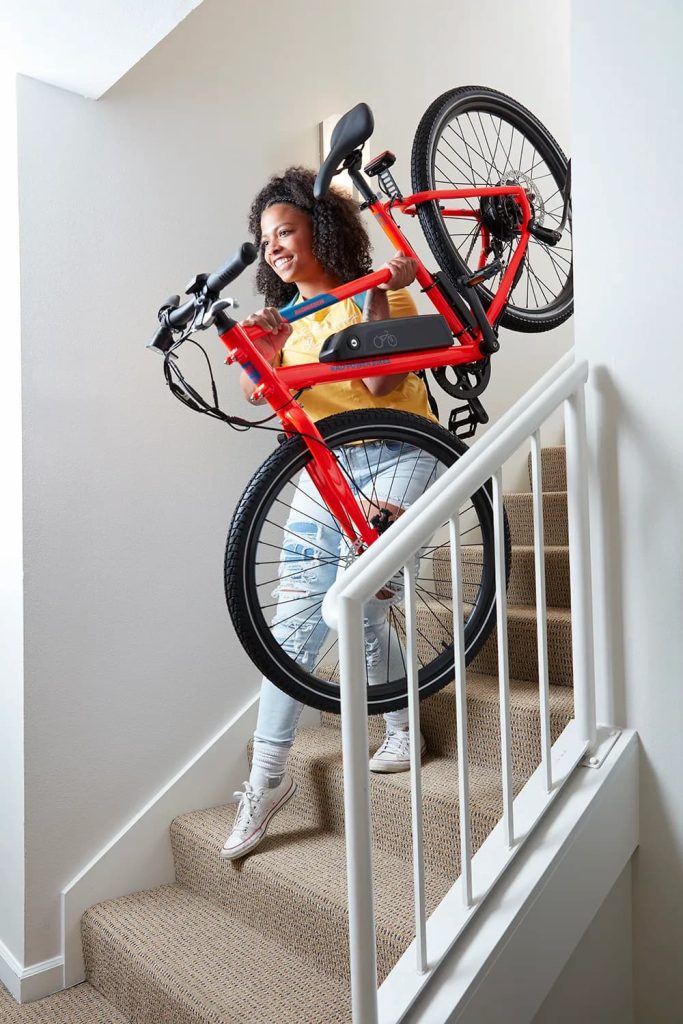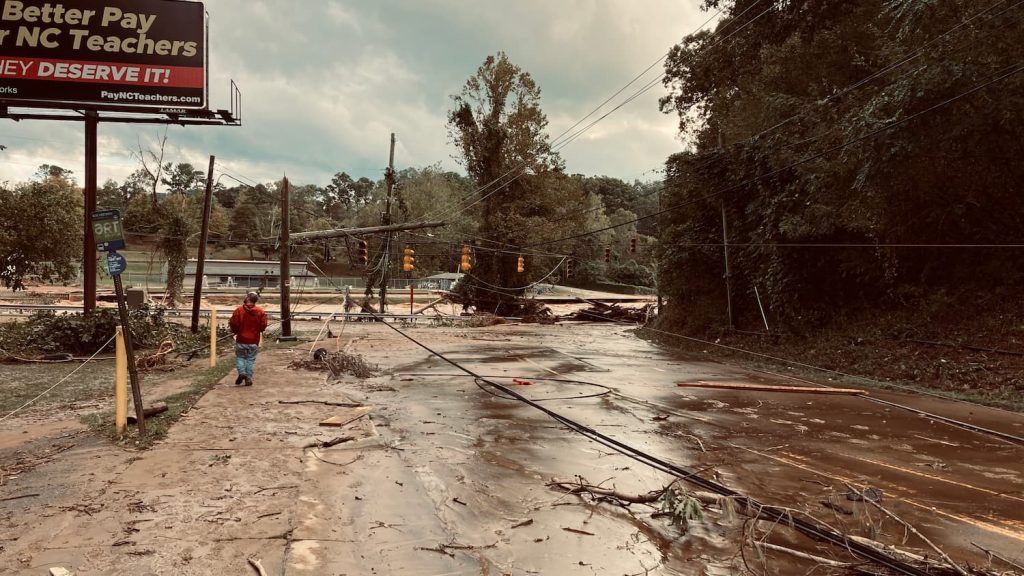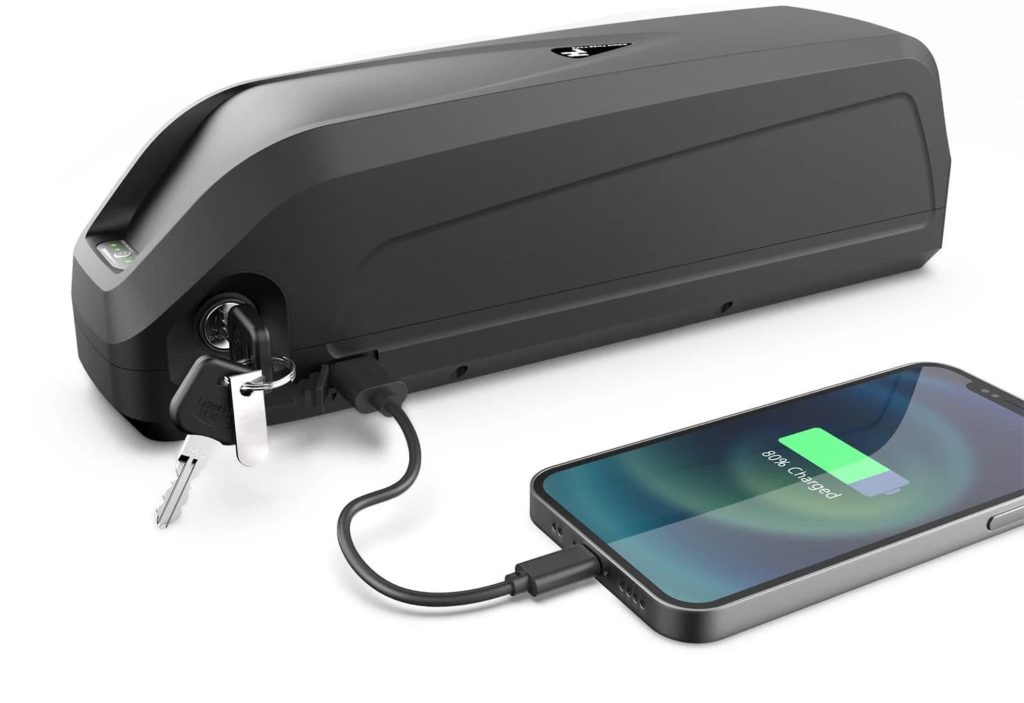Own an electric bike and prepping for a hurricane? Do this right away

As Hurricane Milton heads towards Florida’s Gulf Coast threatening a lethal combination of high winds, storm surge, and heavy downpouring rain, here’s a reminder of what to do if you own an electric bike and expect to be in the path of a powerful hurricane.

As Hurricane Milton heads towards Florida’s Gulf Coast threatening a lethal combination of high winds, storm surge, and heavy downpouring rain, here’s a reminder of what to do if you own an electric bike and expect to be in the path of a powerful hurricane.
First things first: electric bikes can be both a benefit and a liability in a storm situation. E-bikes can be an important form of transportation and their large lithium-ion batteries store critical electricity that can keep your phone and other electronics charged for days or weeks, but that battery may be prone to water damage and should be protected from potential flooding.
As we’ve already covered, electric vehicles of all types have a unique risk in flooding scenarios, especially when the flooding is caused by sea water from storm surge. That salty water can wreak havoc with electrical connections in submerged batteries.
If you have an e-bike and live in an area expected to see flooding, it is best to park the bike indoors and somewhere elevated. Bring the entire bike upstairs if you can. Even though e-bikes are often waterproof these days, flying debris can damage an e-bike locked outdoors during a storm.
If the bike is too heavy to carry upstairs, remove the battery and bring it to a higher floor. If you live on the ground floor and don’t have an attic or upper floor, put the battery as high as you can, such as on an upper shelf or in a tall kitchen cabinet.

As part of pre-storm preparations, it’s a good idea to check your tire pressure and perform any other maintenance that you’ve been putting off.
Electric bikes can be critical forms of transportation after a hurricane. When roads are blocked by downed trees, e-bikes can simply be lifted over or slide under the obstacle, allowing them to overcome obstacless that cars can’t. A ride of just a few miles to a water distribution center or medical facility can save hours of walking and conserve critical energy.
Caution should be taken for hazards such as downed power lines and other debris, but the ability to navigate roadways that are temporarily impassable by car or motorcycle can prove invaluable when obtaining supplies, reaching medical help, or evacuating from a disaster zone.

Many e-bikes have a USB charging port built directly into their e-bike batteries. If yours doesn’t, your e-bike may still have a USB port on it, often somewhere near the display on the handlebars. During normal rides, this can be useful for keeping your phone charged. When power is lost after a heavy storm, this can be a critical lifeline to charge electronics like phones, flashlights, and radios.
Before the storm hits, be sure to charge your battery up all the way since you likely won’t have access to electricity in the immediate aftermath of the storm, then store the battery in a safe location. If you lose power and your battery and/or e-bike are still accessible, you can use the USB outlet to keep your devices charged. The LED headlight on your e-bike can also be used for emergency lighting when the power goes out. The headlight uses very minimal electricity and can likely run for many days from the e-bike battery. To conserve battery further, the tail light may be able to be unplugged when using the headlight for nighttime lighting.
If you are handy with electronics, you may be able to power other devices with an e-bike battery. While visiting my parents in Florida during Hurricane Irma several years ago, I was able to combine a 48V golf cart inverter with several e-bike batteries to power fans and other 120VAC devices in their home while we waited five days for power to be restored.
Solar chargers for e-bikes are also available, though they are still fairly rare their higher prices mean most owners don’t own one. If you do have a solar e-bike charger, it can come in very handy when using your e-bike for emergency power.

If you have a portable power station, it can be a great way to recharge your e-bike even when the power is out.
Combining a portable power station with a set of solar panels can turn it into a solar generator, which can keep your e-bike and other devices charged up and ready to go. Compared to gasoline or diesel generators, you won’t need to keep a supply of fuel around or worry about whether the fuel cans were flooded in the garage.

FTC: We use income earning auto affiliate links. More.

